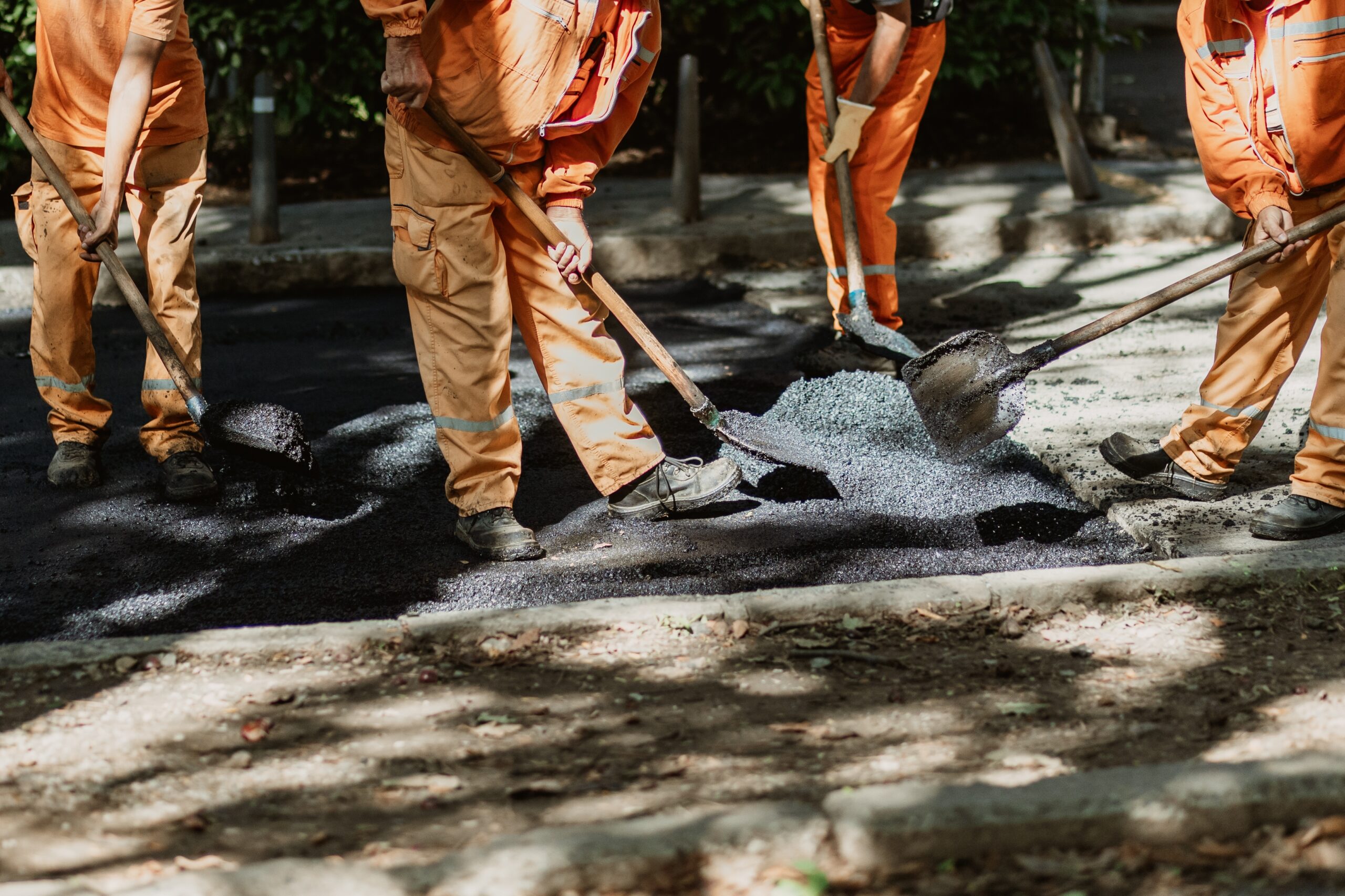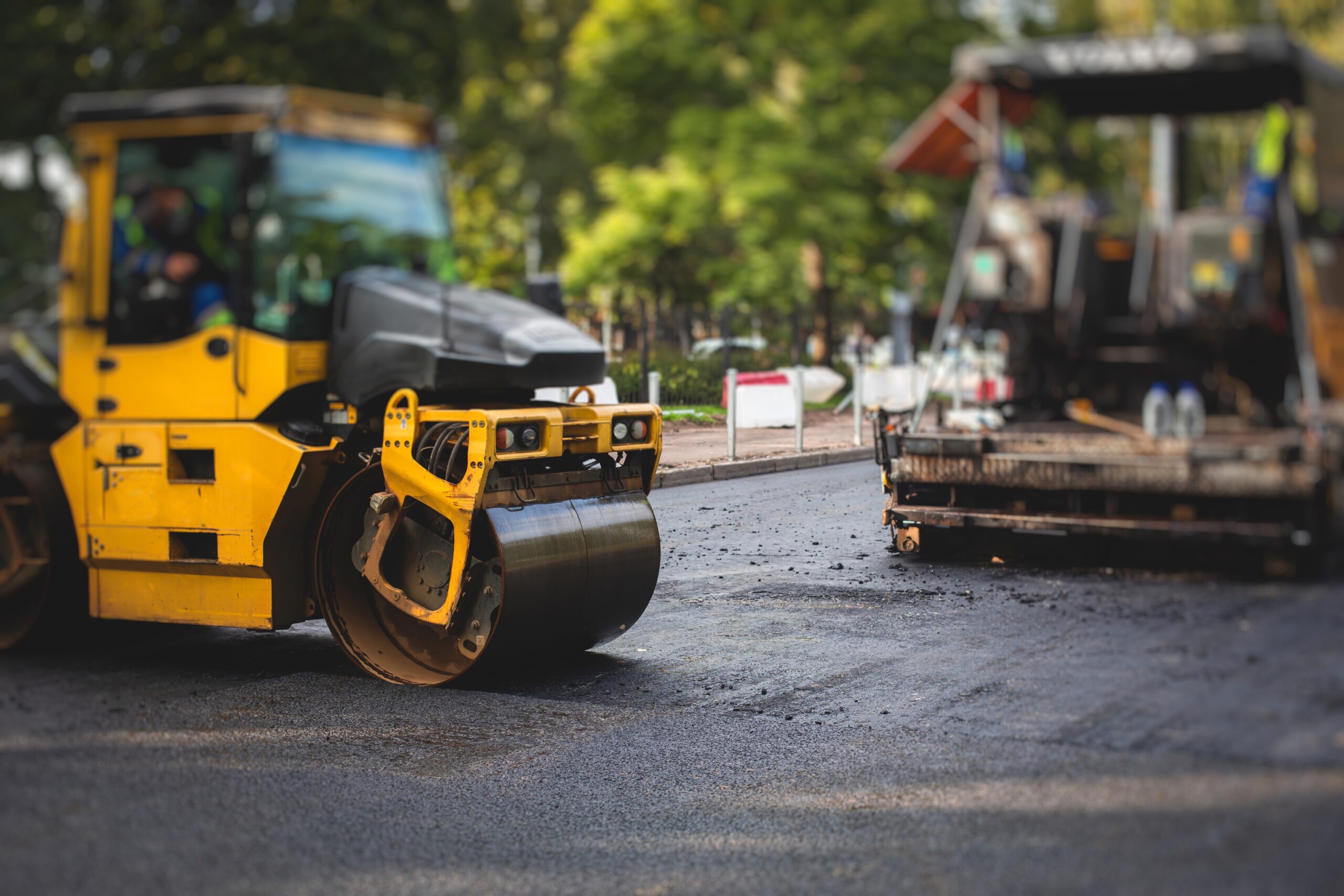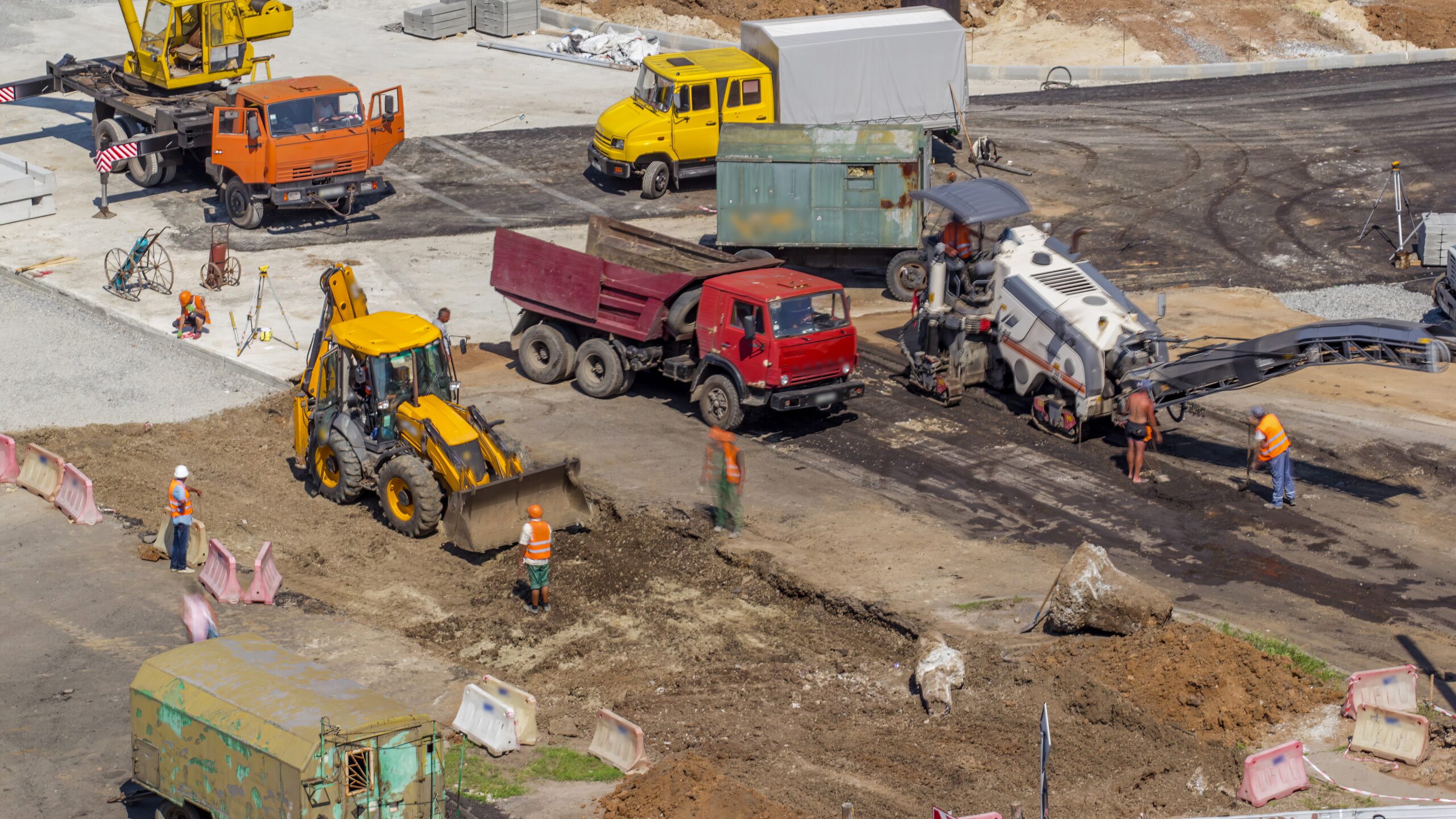Curious about the cost breakdown of a professional parking lot striping job? The price can start at a few hundred dollars for smaller projects and increase for larger, more detailed projects. What you pay really comes down to lot size, surface prep, paint quality, and layout details. Knowing exactly what drives these costs helps you budget confidently and ensures your parking lot looks sharp, stays safe, and meets all compliance standards, especially since ADA Title III noncompliance can carry civil penalties up to $115,231 per violation (and $230,464 for subsequent violations).
Let’s break down where your money goes—so you get the best value from your next striping job.
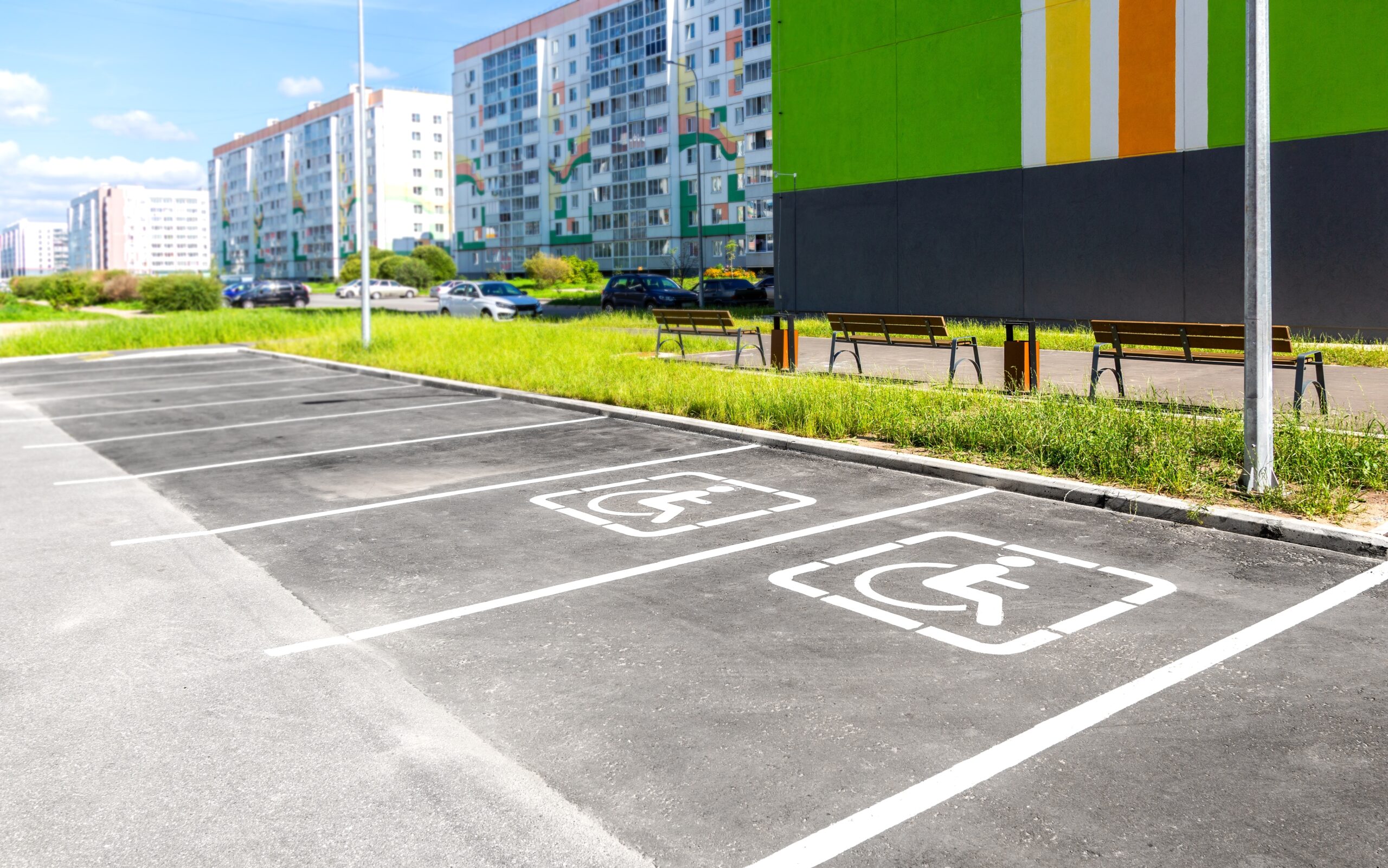
What Really Impacts the Cost of Parking Lot Striping
There’s no one-size-fits-all price for parking lot striping. Every job is different, and several key factors work together to determine the final cost. For example, FHWA reports that typical pavement marking unit costs range from $0.10 to $0.25 per linear foot, illustrating how material choices and the extent of striping directly influence total cost.
Lot Size and Number of Spaces
The size of your lot is the single most significant factor in determining the cost. Larger lots or those with more parking stalls require more paint, more labor, and more time on site. Contractors may measure the area by linear feet or by counting the number of spaces.
Surface Condition and Preparation Needs
A clean, well-maintained surface is much easier and cheaper to stripe than one covered in debris, oil stains, or cracks. FAA Advisory Circular AC 150/5370-10C (Item P-620) specifies that surfaces must be dry and free of dirt, grease, oil, laitance, or other materials that would reduce the bond between the paint and the pavement—making proper prep essential for lasting results.
Paint and Material Selection
Standard water-based latex paint is the most common and cost-effective option for striping. However, FHWA case studies—such as those conducted in South Carolina and Florida—show that profiled thermoplastic markings can cost approximately $0.50 per linear foot, compared to $0.40 per linear foot for flat-line thermoplastics. While this is only a modest increase, the enhanced thermoplastic’s more extended service life often justifies the extra upfront cost.
Layout Complexity and Compliance
If your lot requires ADA-compliant spaces, directional arrows, custom stenciling, fire-lane designations, or unique layouts, these features increase both material and labor costs. ADA standards (Section 208.2) mandate a minimum number of accessible spaces per facility—with at least one in six being van-accessible—while the International Fire Code (§503.3) requires prominently marked and well-maintained ‘NO PARKING—FIRE LANE’ signage on fire apparatus access roads. Both rules add precision, setup time, and often specialty paint products
Labor, Equipment, and Scheduling
“Labor is a core part of every project. Complex jobs, tight deadlines, or restricted working hours (such as nights or weekends) often increase labor costs. In fact, a technical guidance paper for parking lot estimation notes that labor shortages or schedule constraints can lengthen project timelines or increase labor rates. Professional-grade equipment also plays a key role in ensuring sharp lines and minimal downtime.
Do weather and location affect striping costs?
Yes, climate and location can impact scheduling and material choice. In Colorado, for example, temperature swings and frequent snow require durable, fast-drying paint and flexible scheduling to get the best results.
Typical Cost Ranges You Can Expect
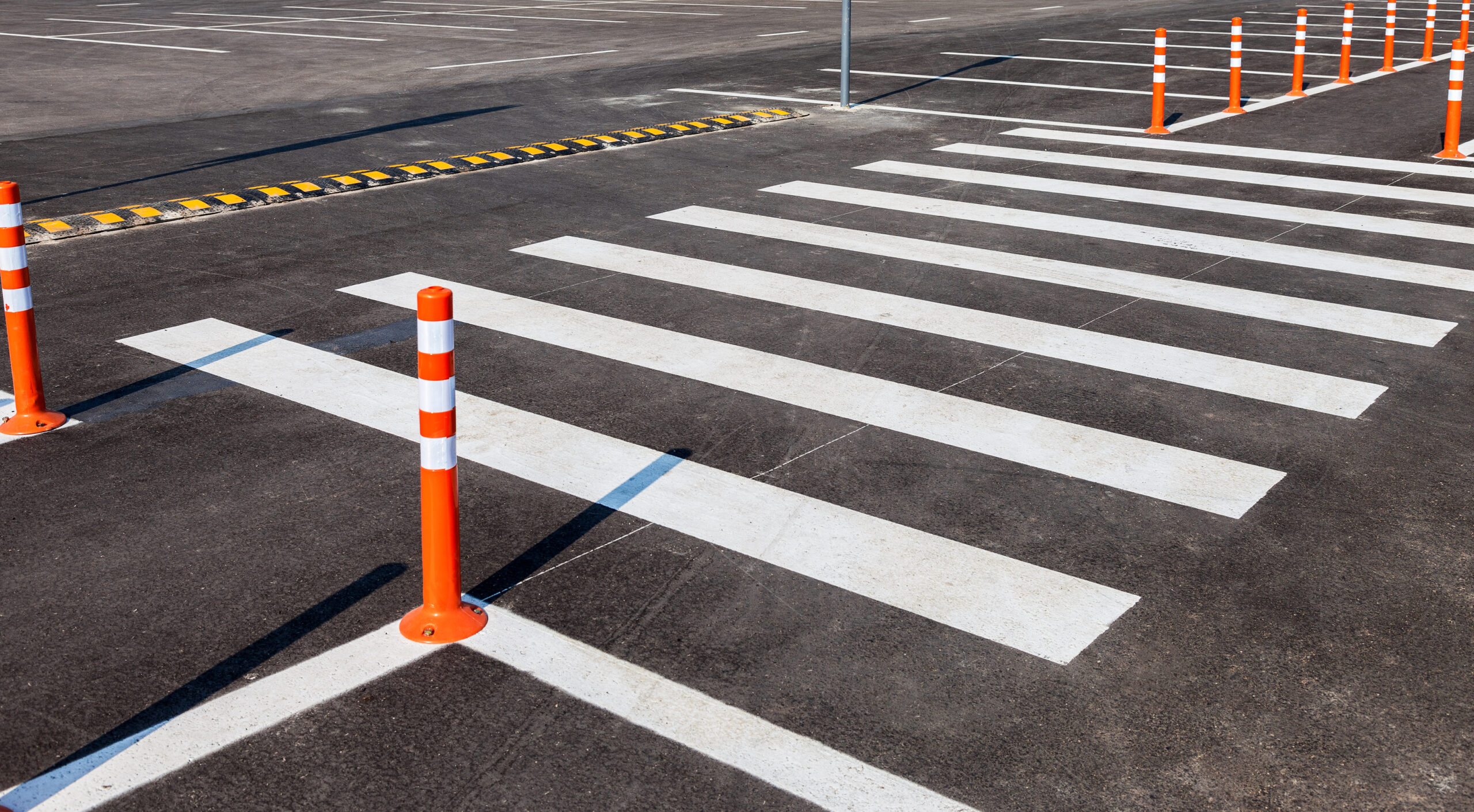
So, what do property managers and owners typically pay for professional striping? Knowing industry averages will help you budget and compare quotes with confidence. According to the Federal Highway Administration (FHWA), conventional pavement marking paint typically costs between $0.10 and $0.25 per linear foot.
Per Linear Foot and Per Stall Pricing
- Per Linear Foot: Most contractors charge between $0.20 and $1.00 per linear foot of painted line, with the majority of jobs falling between $0.25 and $0.50 per foot. Public data from FHWA and university contracts confirms this typical range.
- Per Parking Stall: Since a standard stall usually requires 36–72 linear feet of striping, that translates into $7–$18 per stall, consistent with industry averages of $5–$20.
Average Job Totals
- Small/Medium Lots (30–80 spaces): Most jobs fall between $300 and $800, covering layout, striping, and a few specialty markings.
- Larger Lots (100+ spaces): Costs typically start at $1,000 and can increase for extensive layouts, specialty work, or challenging conditions.
Table: Typical Cost Ranges for Striping
| Service Type | Low End | High End | Most Common |
| Per Linear Foot (basic lines) | $0.20 | $1.00 | $0.25–$0.50 |
| Per Parking Stall | $5 | $20 | $7–$18 |
| Small Lot (30–80 spaces) | $300 | $800 | $400–$650 |
| Medium Lot (100–150 spaces) | $1,000 | $2,000+ | $1,200–$1,700 |
| Handicap Symbol (each) | $20 | $45 | $30–$40 |
| Custom Stencil/Logo | $50 | $200+ | $75–$150 |
Can I save money by choosing the lowest price contractor?
While it may be tempting to go with the lowest quote, it’s essential to consider experience, the quality of materials, and attention to detail. Low bids can sometimes mean shortcuts that lead to faded lines, poor layout, or non-compliance with local codes.
Sample Cost Breakdown (Illustrative Examples)
Let’s put real numbers to work with a pair of sample breakdowns—one for a small lot and one for a medium-sized lot. These examples mirror public-sector contract pricing, like the University of Wisconsin–Madison’s “Line Striping and Roadway Marking Services” schedule, which lists waterborne line striping at $0.25–$1.00 per linear foot, symbol pricing, and labor rates including night and weekend premiums.
Example 1: Small Lot (50 Spaces)
- Standard Stall Striping (50 spaces at $10 each): $500
- 3 ADA Handicap Spaces (at $35 each): $105
- Directional Arrows (2 at $27.50 each): $55
- Stop Bars & Crosswalks (2 at $40 each): $80
- Surface Cleaning/Prep: $75
- Materials (Paint & Stencils): Included
- Total Estimate: $820
Example 2: Medium Lot (150 Spaces)
- Standard Stall Striping (150 at $8 each): $1,200
- 7 ADA Handicap Spaces (at $30 each): $210
- Directional Arrows (6 at $25 each): $150
- Stop Bars & Crosswalks (4 at $40 each): $160
- Fire Lane Markings: $100
- Custom Logo: $100
- Surface Cleaning/Prep: $150
- Total Estimate: $2,070
What Makes the Biggest Impact?
The number of stalls, specialty markings, and surface preparation have the most significant influence on cost. Research from the Transportation Research Board also shows that material choice (e.g., paint vs. thermoplastic) has one of the biggest impacts on life-cycle costs, which can alter totals significantly
What if my lot has existing markings or faded lines?
Contractors can typically stripe over faded lines if the surface is clean and stable. However, if there are multiple layers of old paint or severe flaking, removal or additional prep may be needed, which adds to your cost.
How Professional Contractors Calculate Your Striping Cost
Every reputable striping contractor uses transparent pricing models, so you know exactly what you’re paying for. Understanding these methods will help you compare estimates and choose the right partner.
Pricing Models Used by Contractors
- Per Linear Foot: Ideal for lots with lengthy lines or unique layouts.
- Per Parking Stall: Most common for standard commercial lots.
- Flat Rate: Sometimes used for small projects or bundled maintenance services.
- Hourly/Mixed Pricing: Used for complex or specialty work.
What’s Included in an Estimate
Professional estimates generally include:
- Surface cleaning and prep
- All paint and materials (including ADA-compliant paint)
- Layout, setup, and stenciling
- Labor for setup, painting, and cleanup
- Equipment use and mobilization
Factors That Influence Pricing
Rush jobs, after-hours scheduling, or weather delays can increase labor costs. Specialty markings or last-minute changes may also require extra materials and time.
Common Specialty Markings and Their Costs
Basic stall lines form the foundation of most jobs, but specialty markings provide safety, compliance, and enhanced workflow. These add-ons have their own pricing and requirements.
ADA Markings and Handicap Spaces
ADA symbols are mandatory for compliance and must follow strict regulations. Each emblem is usually priced between $20 and $45, depending on paint type and complexity.
Arrows, Stop Bars, and Fire Lanes
- Directional Arrows: $25–$40 each, guide traffic and reduce confusion.
- Stop Bars: $30–$45 each, boost safety at exits and crossings.
- Fire Lane Markings: $50–$100+ per section, essential for code compliance and emergency access.
Crosswalks, Loading Zones, and Custom Stencils
- Crosswalks/Loading Zones: $50–$150+ each, improve pedestrian safety.
- Custom Stencils/Branding: $75–$200+ each, for branding, reserved spaces, or unique layouts.
How many handicap spaces does my lot need?
The number of required handicap spaces depends on the total parking capacity and local or state codes. Your contractor should be familiar with the ADA and regional requirements and be able to advise you during the estimate process.
Innovative Ways to Manage Costs
There are proven ways to save money on striping projects without sacrificing quality. By planning ahead and choosing the right contractor, you can protect both your budget and your property. For example, FHWA’s final retroreflectivity maintenance rule, now part of the MUTCD, establishes minimum maintained reflectivity levels, encouraging agencies to implement proactive restriping plans rather than waiting for markings to fail.
Bundle Services for Savings
Consider having your lot sealcoated or cracks sealed at the same time as striping. Contractors may offer package pricing, saving you money and keeping your lot looking its best.
Bundling these services also helps minimize the number of maintenance visits, reducing interruptions to your business and extending the life of your freshly striped area.
Choose Durable Materials
Opt for premium paints that withstand local temperature swings, snow, and UV exposure. FHWA research shows thermoplastic and epoxy markings last significantly longer than standard paint—often two to five times the service life—making the higher upfront cost worthwhile. Moreover, high-quality paint holds up better against harsh conditions, resulting in bright, clear lines and fewer touch-ups over time.
Off-Peak Scheduling
If your business can accommodate it, schedule striping during slower periods or overnight. Some contractors offer better rates, and it minimizes disruption. Having work done during off-hours means less inconvenience for your customers and allows paint to cure fully before traffic returns.
Stay on Top of Maintenance
Regular sweeping, cleaning, and timely repairs reduce the frequency of full striping jobs, saving you money over the long haul.
Consistent maintenance keeps your lot safe, prevents costly damage, and helps your pavement markings last as long as possible.
Work With Trusted Local Professionals
A Professional contractor understands your local climate, compliance rules, and what materials perform best, providing peace of mind and better long-term value. Their knowledge helps you avoid mistakes, ensures your lot is always up to code, and protects your investment for years to come.
Will bundling services really save me money?
Yes, bundling striping with sealcoating or repairs often means lower overall costs, fewer service calls, and longer-lasting results.
Why Quality Matters More Than the Lowest Price
When it comes to parking lot striping, quality makes all the difference. Investing in a professional job protects your property, your customers, and your bottom line.
Safety, Liability, and Compliance
Clear lines, visible crosswalks, and compliant ADA spaces help prevent accidents, lawsuits, and costly citations. Professional-grade materials and careful layout are essential for lasting performance.
First Impressions and Property Value
Your parking lot is the first thing customers see. Well-defined lines and neat specialty markings make your business appear inviting, organized, and well-maintained.
Long-Term Savings
Cutting corners with cheap materials or inexperience can mean frequent restriping, faded lines, and even safety hazards. Quality workmanship ensures your investment lasts and saves you more over time.
Working With the Right Contractor
Choose a partner who provides detailed estimates, stands by their work, and thoroughly understands local codes. Asphalt Coatings Company takes pride in delivering results that meet the highest standards.
How can I be sure my contractor will deliver a quality job?
Look for contractors with strong reviews, precise estimates, and a portfolio of past projects. Inquire about warranties, materials, and the company’s compliance experience. At Asphalt Coatings Company, every job comes with a satisfaction guarantee and decades of expertise.
Experience Lasting Results With Asphalt Coatings Company
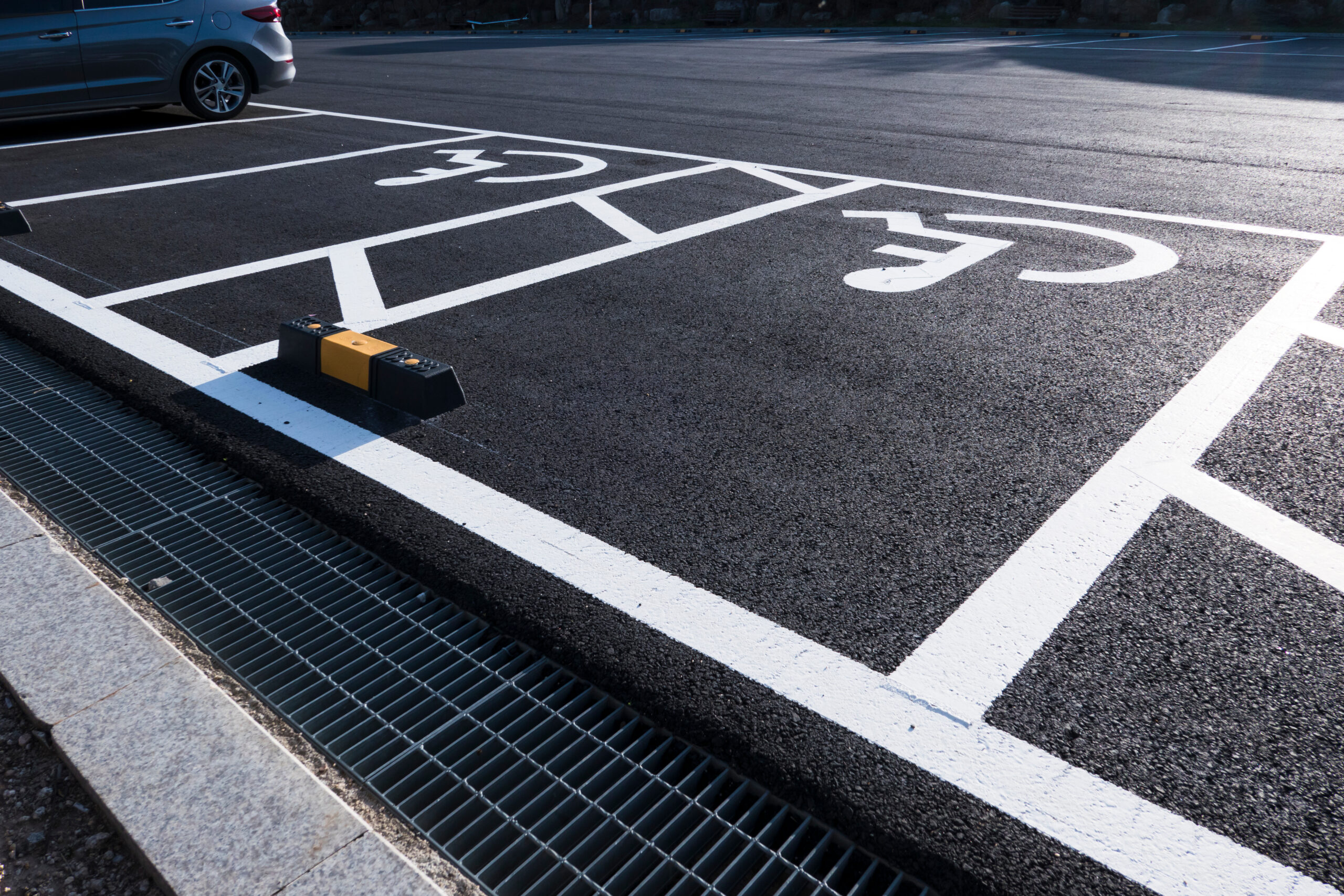
Your parking lot is more than just a place to park—it’s the gateway to your business and a key part of your property’s safety, value, and first impression. Understanding the actual cost breakdown of professional striping means you can invest wisely and maintain your lot with confidence.
Contact Asphalt Coatings Company today for a free, no-obligation estimate. Our team will walk you through every option, answer all your questions, and ensure your lot stays safe, compliant, and looking its absolute best for years to come.
Frequently Asked Questions
How often should parking lot striping be redone?
Most lots need restriping every 1–2 years, but high-traffic or weather-exposed lots may require annual service for optimal safety and compliance.
Can striping be done during business hours?
It’s possible, but working off-hours or on weekends is recommended to minimize customer disruption and ensure the paint cures properly.
Is it safe to stripe over old lines?
If previous lines are faded and the surface is clean, it’s usually fine. Multiple old layers or flaking paint may require prep or removal.
Will the weather delay my project?
Professional contractors closely monitor the weather and schedule work for dry, moderate conditions. Rain, extreme heat, or cold may cause rescheduling.
Can I request custom colors or logos?
Yes, custom stencils and colors are available. Be sure to discuss branding needs in advance, as these may require extra setup and materials

